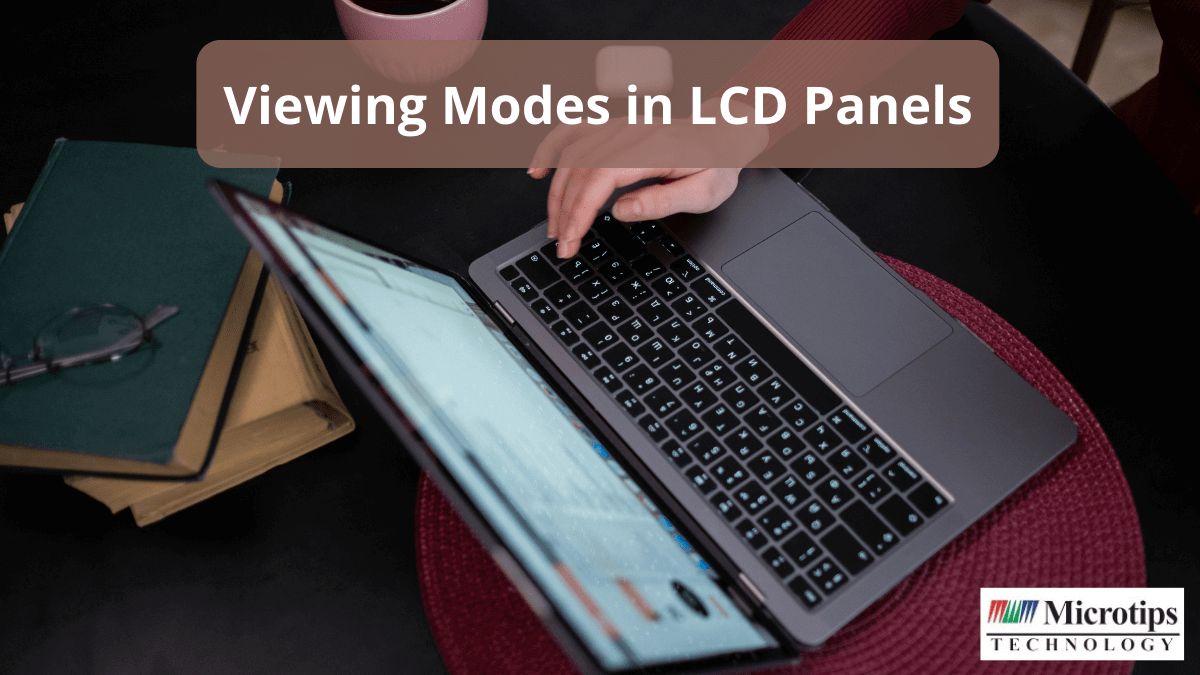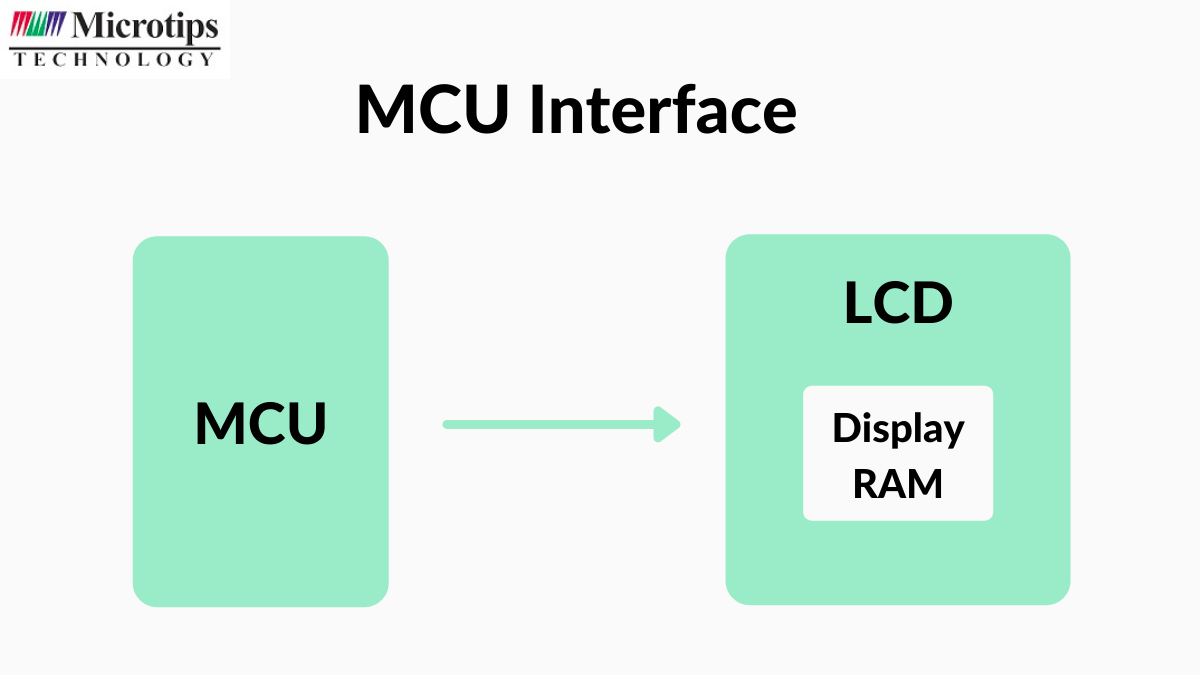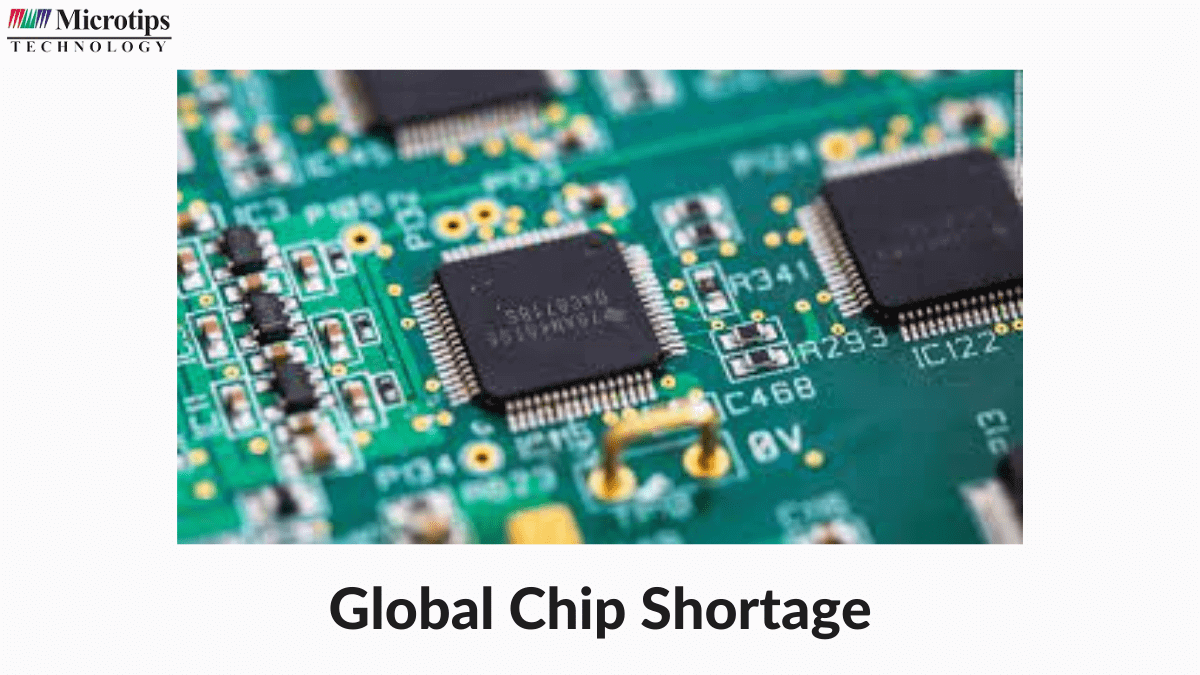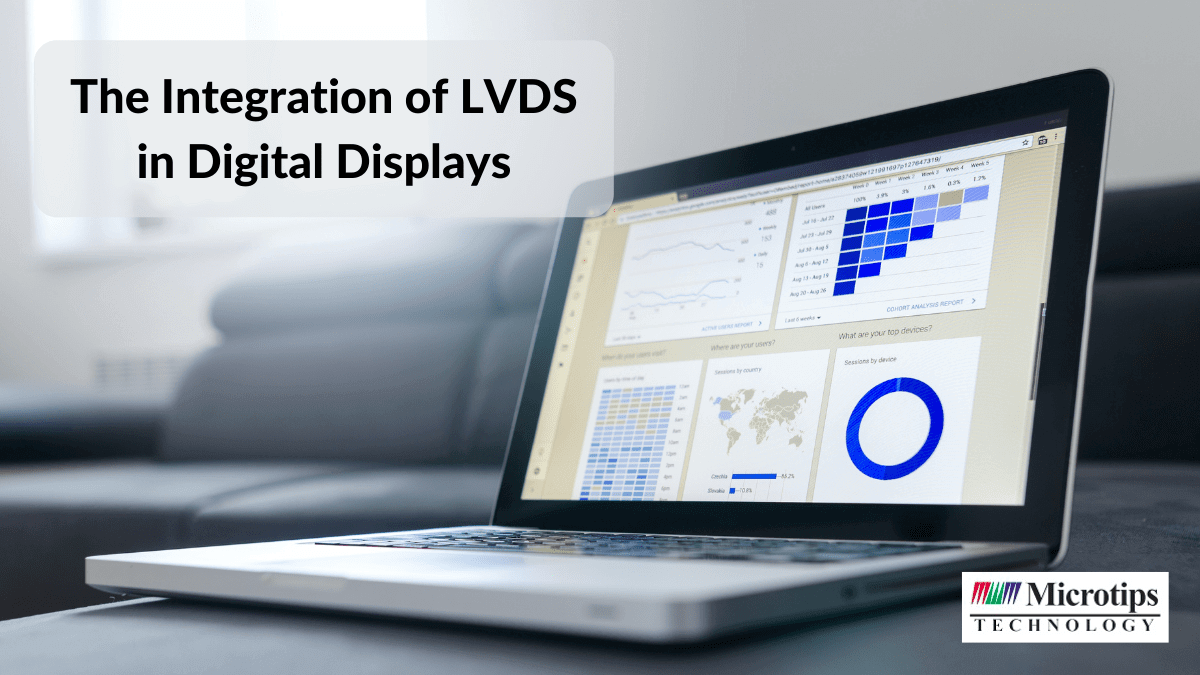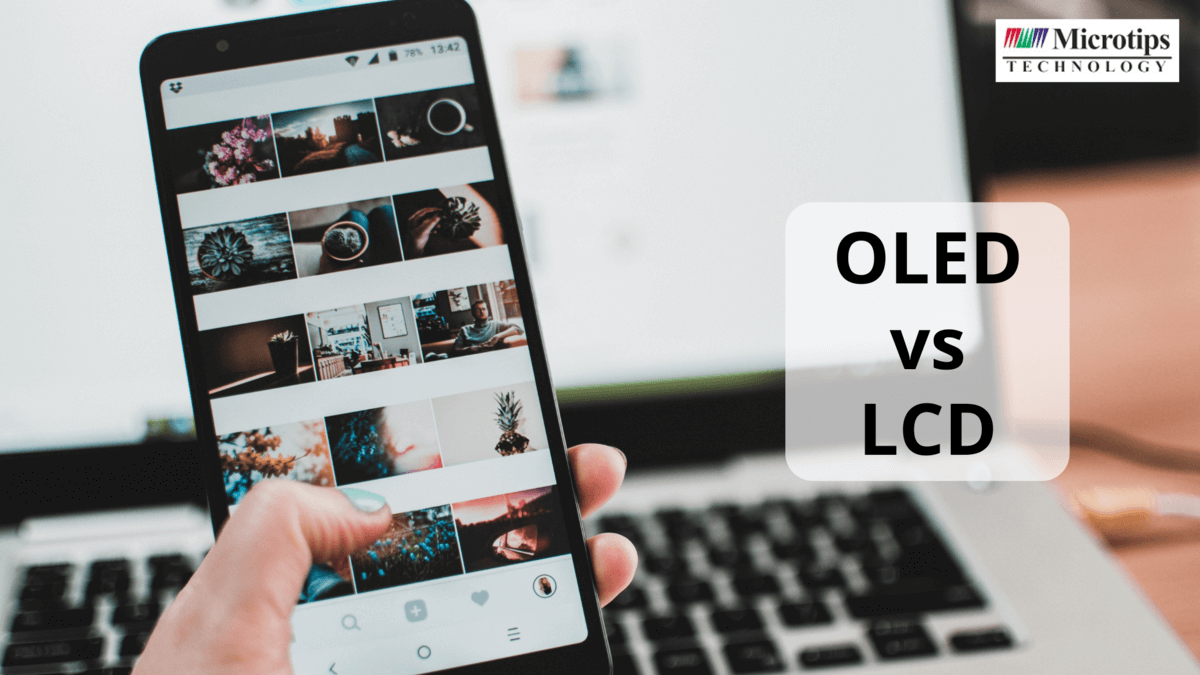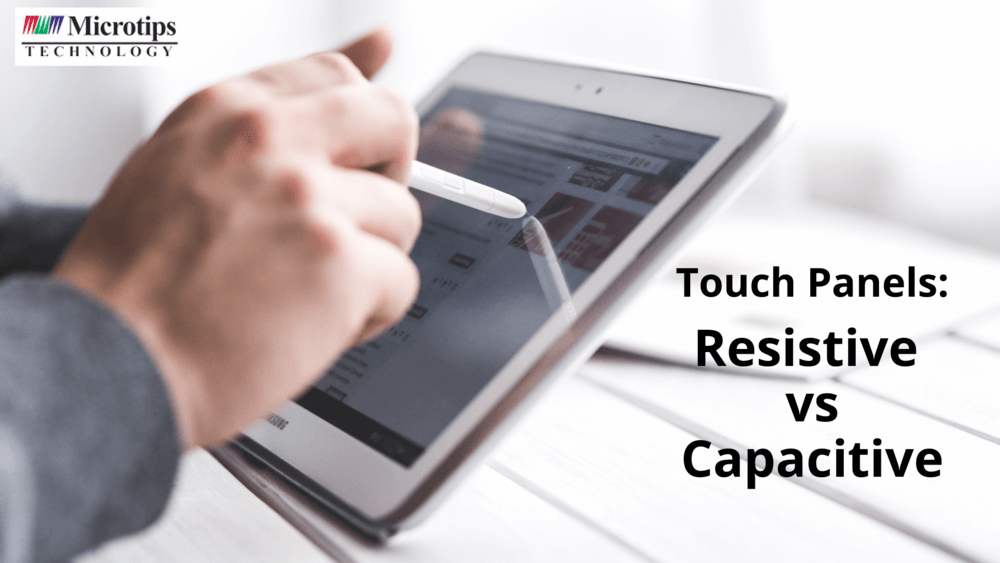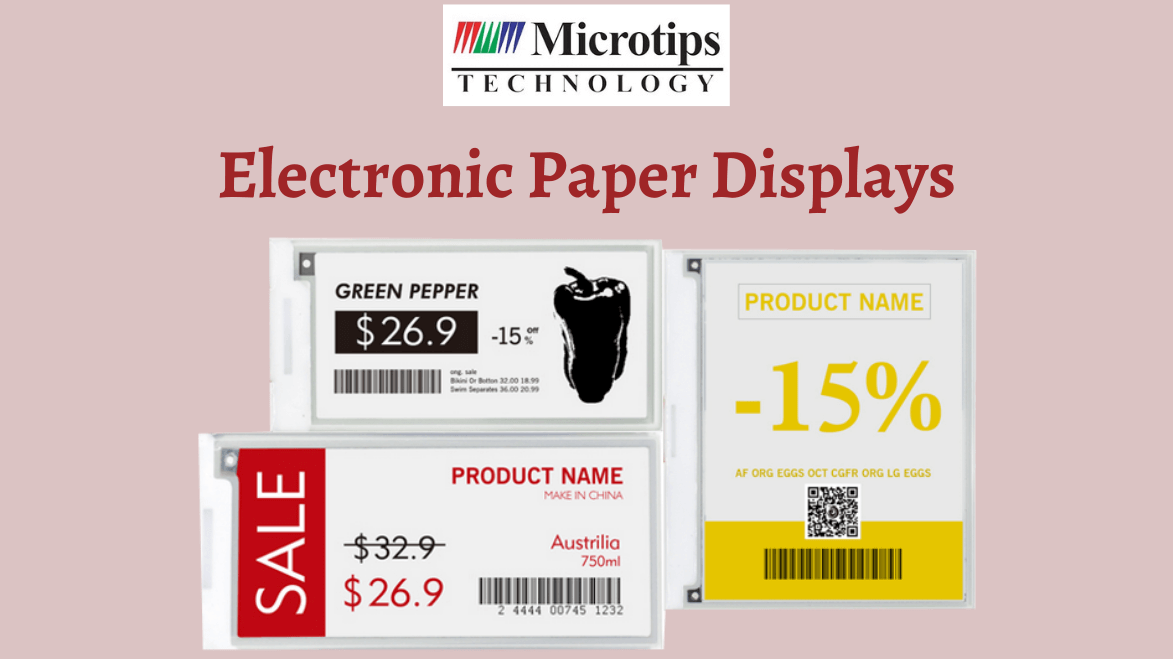The terms reflective, transmissive, and transflective describe how LCD modules illuminate. Compared to emissive display technologies such as OLED displays (organic light-emitting diode) and VFDs (vacuum fluorescent displays), LCDs need an ambient light source like the sun, artificial light, or a merged backlight.
The display type of image will create issues that the engineering and marketing department may need to rectify.
There are three types of modes in LCD, which we shall discuss in this blog post.
1. Reflective LCD
Some displays use ambient lighting instead of backlights. This mode of operation is termed reflective. A mirror is installed behind the liquid crystal layer in this mode, which is either on the LCD cell or the rear polarizer. The ambient light passes through the LCD cell from the front side and gets a reflection by the mirror back to the person who is viewing.
Reflective LCD has the advantage of having lower power consumption and exceptional visibility in direct sunlight. It makes these displays a splendid solution for outdoor daytime applications. For being visible at night or in dark settings, the reflective LCDs need extra lighting.
2. Transmissive LCD
When the backlight passes via LCD glass, this mode of operation is known as transmissive. LCD glass or the LCD panel might function like an optical switch, where the light can pass through the LCD cell. It depends upon the orientation of the liquid crystal molecules.
You can switch the orientation on and off by an electrical field. Backlights can produce a good amount of light, which makes the display content too bright. The negative side of using the backlights is that they need a specific amount of energy within an LCD module, majorly because the backlight is required to be every time, even if there is no content on display.
When there is direct sunlight, the transmissive LCD screens might become washed out if the sunlight may overpower the brightness of the backlight. The backlights that are strong enough for maintaining sufficient contrast in the direct sunlight, like aviation displays, might not be compatible with the needs of portable gadgets.
3. Transflective LCD
The displays having characteristics of both transmissive and reflective displays are called transflective LCDs. They include an integrated backlight unit and a semi-transparent reflector. The light from the backlight can eventually pass the semi-transparent reflector and then operate in the transmissive mode.
The ambient light reflects, the display becomes visible in direct sunlight also. In the transmissive mode of operation, the light can pass through the liquid crystal layer one, while in the reflective mode, it passes twice. It is pretty flexible and allows solutions for lower power consumption in bright environments and readability in any circumstance.
Conclusion
When it comes to outdoor applications, a reflective or transflective LCD is best as they are energy efficient. On the other hand, a transmissive or reflective LCD is best for indoor applications as you can view it with them in the dark.
Microtips, a leading LCD manufacturer company in the United States, has developed its LCD with less than an inch diagonal. They ensure the best user experience and customer requirements in LCD formation. We are an LCD module supplier with custom LCD, OLED, and capacitive touchscreen products.

